SEARCH






|
|
|
|


by Editor Dusan Labuda
Seven ZEN principles to create beauty
It begins in our mind. Every image is born inside our minds. The light lets us take it in in shape we have been dreaming of. Sometimes it appears that the world around is too ordinary for our thoughts and ideas. But it isn´t. It´s only you who sees but does not look at. Many times we got trapped by a shift of approach. We dream, just like painters do, we combine things we try to build the scene of the image from the scratch. Somewhere deep inside we know that photography does not work this way, but we simply give in to the pressure of visual information. Our vision starts to be synthetic.
A painter finds the elements of the image in his mind, in his imagination and he puts them onto the canvas. But a photographer has the whole scene predefined. He should act in reverse, to suppress what is not meant to be in the image and to highlight what is to deliver the message he had in his mind. There is a strong need to approach the scene analytically.
And here comes the moment when you yaw and break your frames, you reach out for something completely strange, new and pose it into your sight. Something that brings a new excitement and particularity into your perception. And the strong need to realize yourself.
The philosophy of Zen introduces a couple of principles which are mutually interrelated and can be applied to everything beautiful a man perceives and creates.
Their seven essential principles allow you to push the borders of your creativity forwards.
Kanso (Simplicity)
The principle of simplicity.
Everything is expressed and depicted in a simple natural way. Kanso leads towards the expression without any decorative elements, it speaks clearly and purely. Expel the irrelevance.
Fukinsei (Assimetry and irregularity)

'Metal Origami' by Koji Tajima
The principle of asymmetry and irregularity.
The principle of a compositional disbalance based on asymmetry represents the leitmotif of Zen aesthetics. The Enso itself is often depicted as an unfinished circle resembling the imperfection as a part of life. The irregularity introduces dynamics and beauty into our visual expression. The nature itself is full of beauty and harmony in asymmetry and balance at once. Asymmetrical dynamic beauty is attractive and brings things to life.
Shibumi (essential elegance)
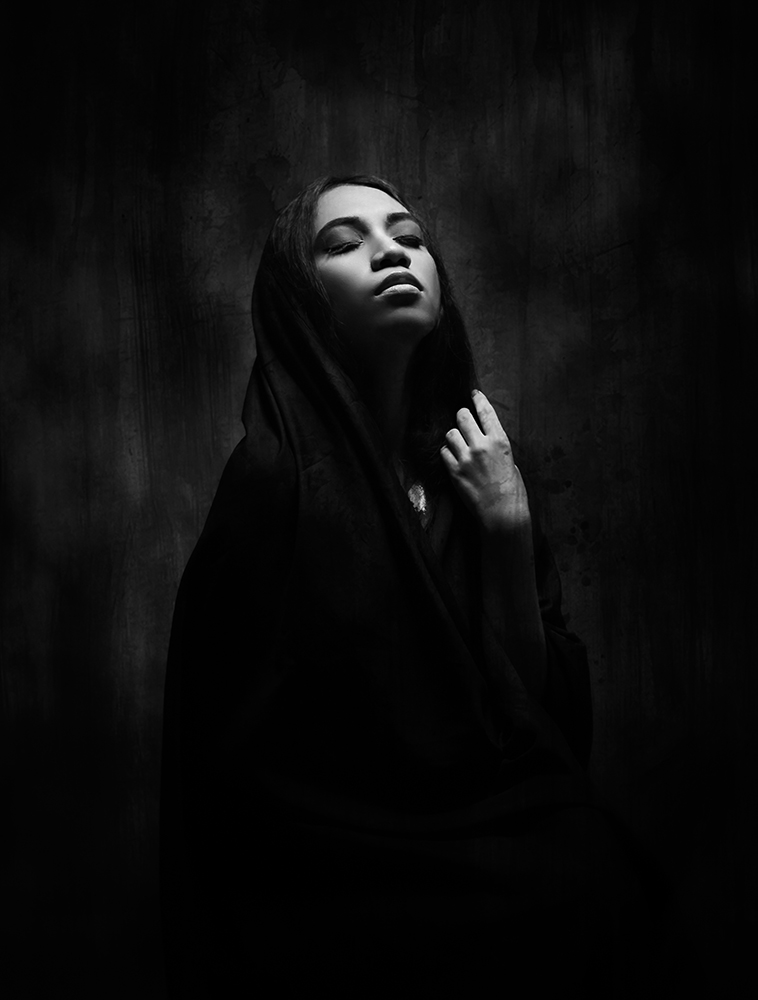
'The pieta' by Muhammad Fadlullah
The principle of essential elegance.
Real is beautiful. Without adjustments and make-ups, no glamour. Shibui depicts the beauty of minimalism (its original meaning is “bitter taste”).
Shizen (naturalness)
The principle of naturalness.
No artificial adjustments. It does not present raw settings or their fragments, rather it points to elements which show their mutual purpose and intention.
Yugen (intimacy)
The principle of intimacy.
A hint is more than a revelation. Many times an image shows and delivers more by revealing less.
Datsuzoku (deliberation)
The principle of deliberation.
It sets one free from habits and rules. It provides an escape from a routine. The transcendence of conventions. The principle celebrates the joy of surprise as one realizes his freedom. Light is a raw material, it is realized everywhere around. Working with light we reveal the essence of things, we can emphasize them or combine them into unusual relations.
Sejjaku (tranquilitiy and solitude)
The principle of tranquillity and solitude.
The solitude when we face the image of our minds. We can see it and we are not disturbed by anything insignificant, anything strange.
We have just met ourselves - the source of our further images.
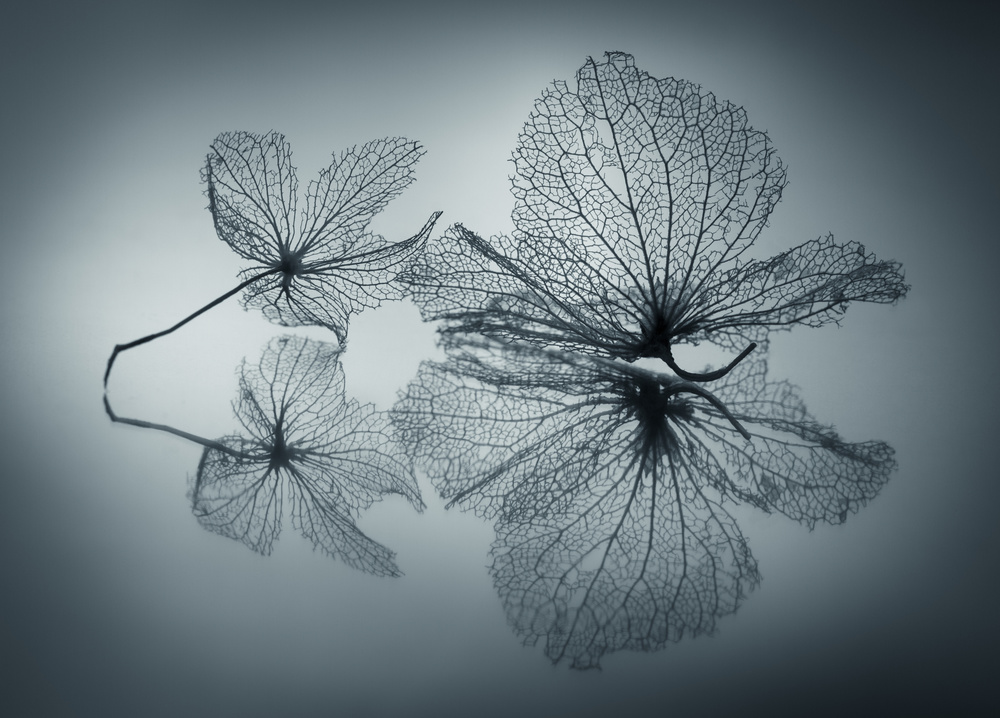
'Ephemeral Beauty' by Shihya Kowatari

'As Time Goes By 20' by George Digalakis
 'Walking the circle!' by Huib Limberg
'Walking the circle!' by Huib Limberg
 | Write |
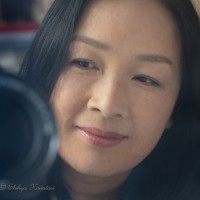 | Shihya Kowatari Very interesting article! Thanks a lot for sharing your thoughts, and I was impressed with many wonderful photos! |
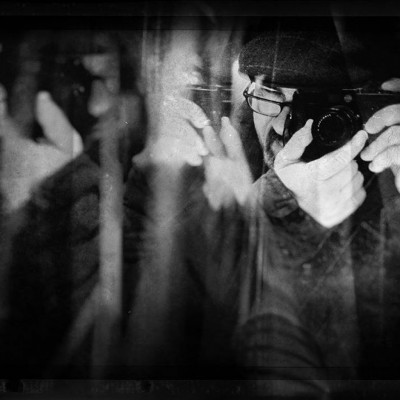 | Adrian Popan PRO Thanks for this new source of inspiration! |
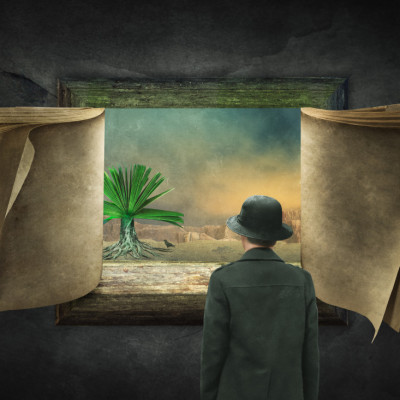 | Huang 大师,非常厉害,向您学习! |
 | Heike Willers PRO Very interesting article! Thanks a lot for sharing your thoughts! |
 | Wicher Bos CREW Interesting to read the Zen approach. Thank you, Dusan! |
 | Yvette Depaepe CREW Interesting and strong article, Dusan! This is food for the soul, my friend... Thanks a lot and congratulations to the authors of the outstanding images. Cheers, Yvette |